Filter data
|
ID |
Nickname |
Country / City |
Languages |
Taxonomies |
Comment |
Project / Group |
Map |
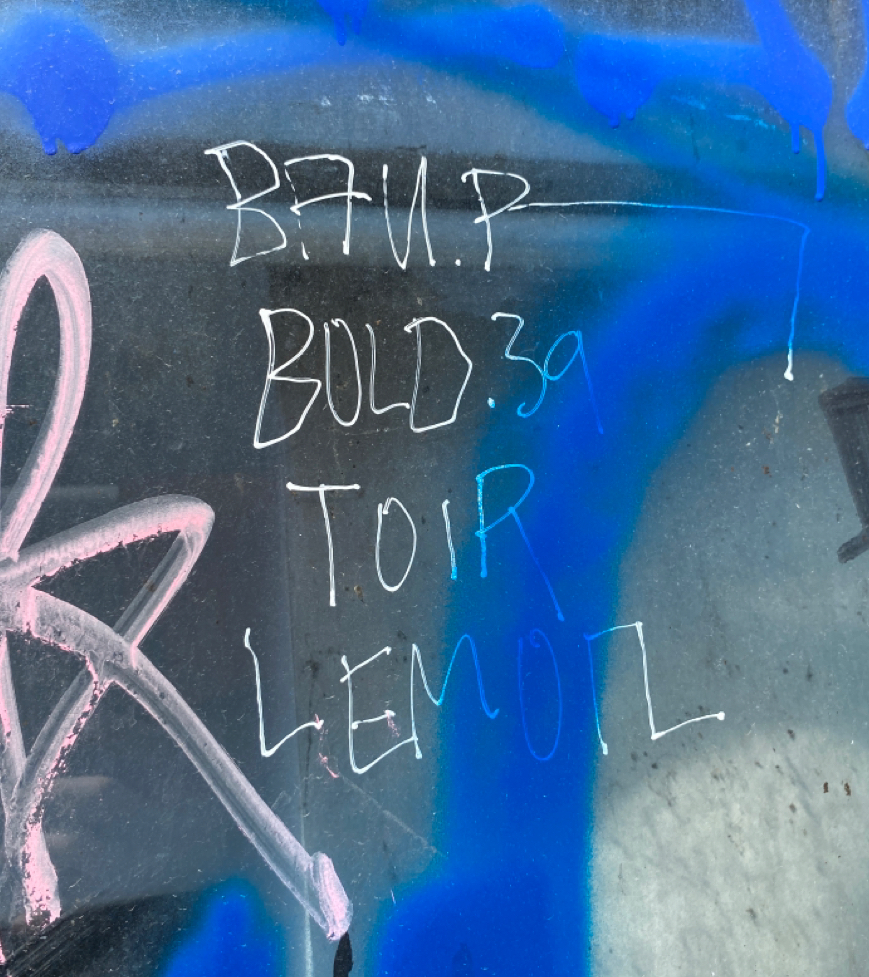
|
84471
|
Gams
|
Austria
Wien
|
|
|
Eng: bold
|
VisibLL_VG2
|
|
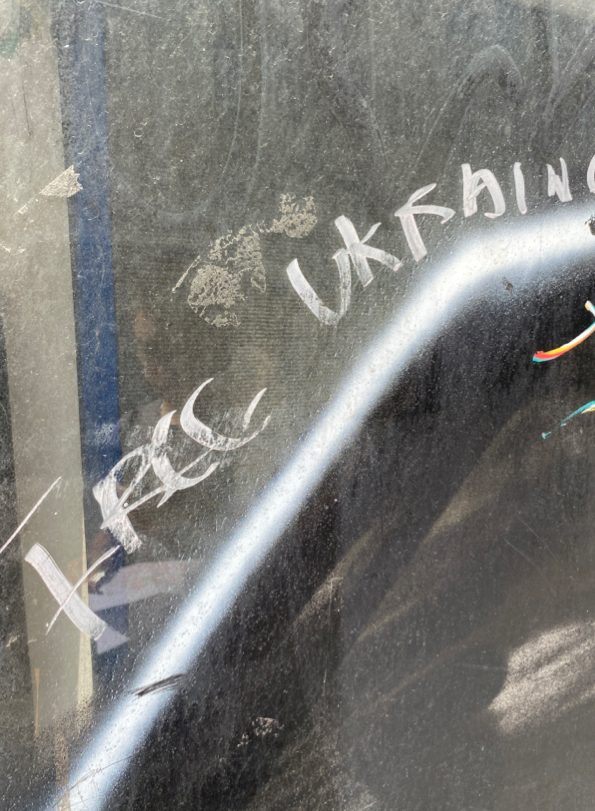
|
84488
|
Gams
|
Austria
Wien
|
|
|
Eng: free Amb: Ukraine
|
VisibLL_VG2
|
|
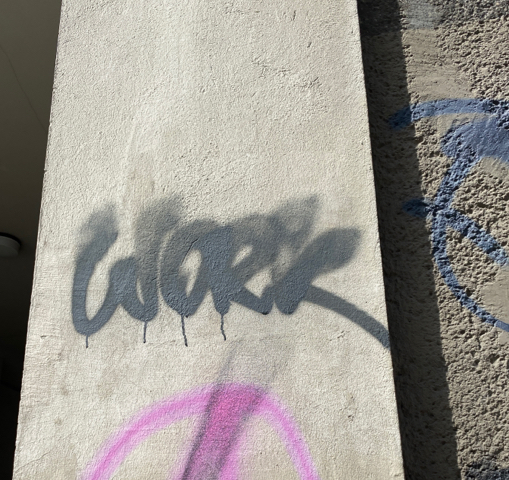
|
84497
|
Gams
|
Austria
Wien
|
|
|
—
|
VisibLL_VG2
|
|
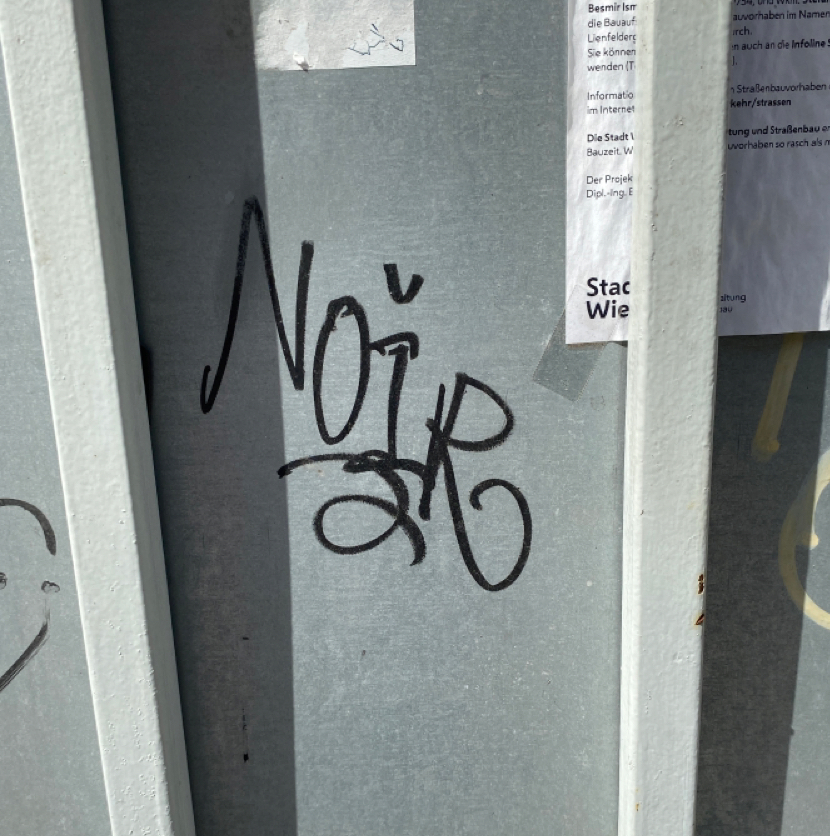
|
84510
|
Gams
|
Austria
Wien
|
|
|
—
|
VisibLL_VG2
|
|
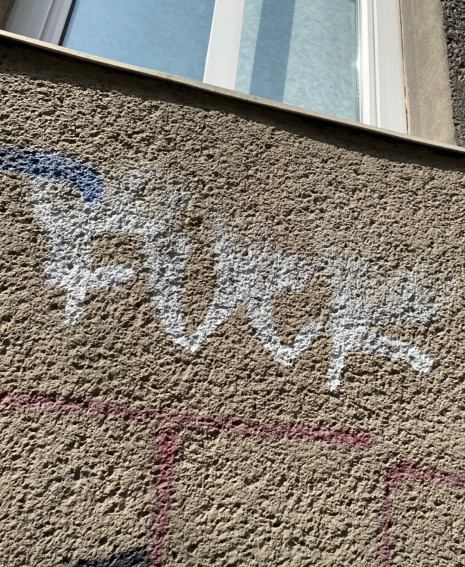
|
84514
|
Gams
|
Austria
Wien
|
|
|
—
|
VisibLL_VG2
|
|
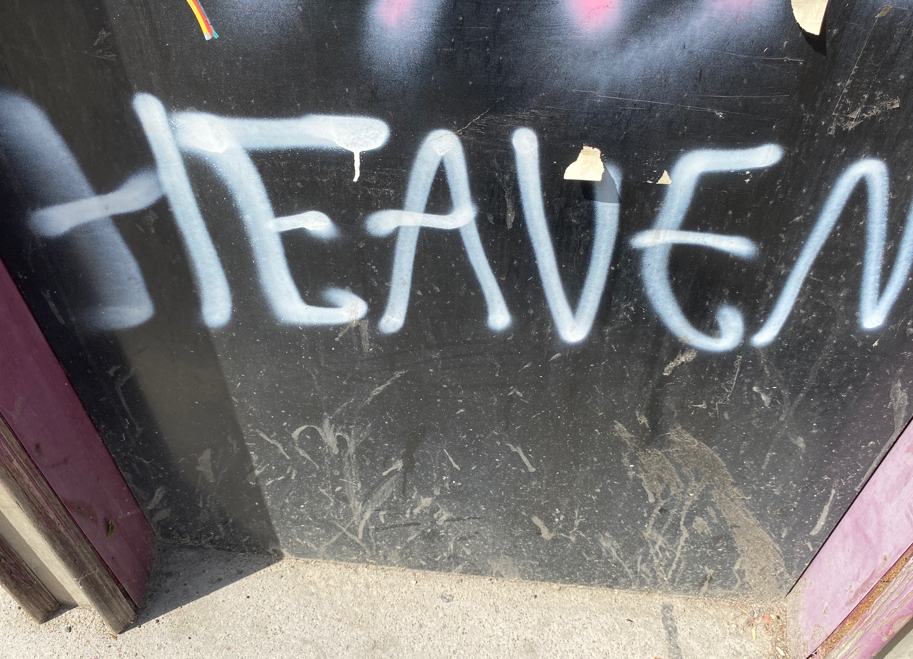
|
84531
|
Gams
|
Austria
Wien
|
|
|
—
|
VisibLL_VG2
|
|
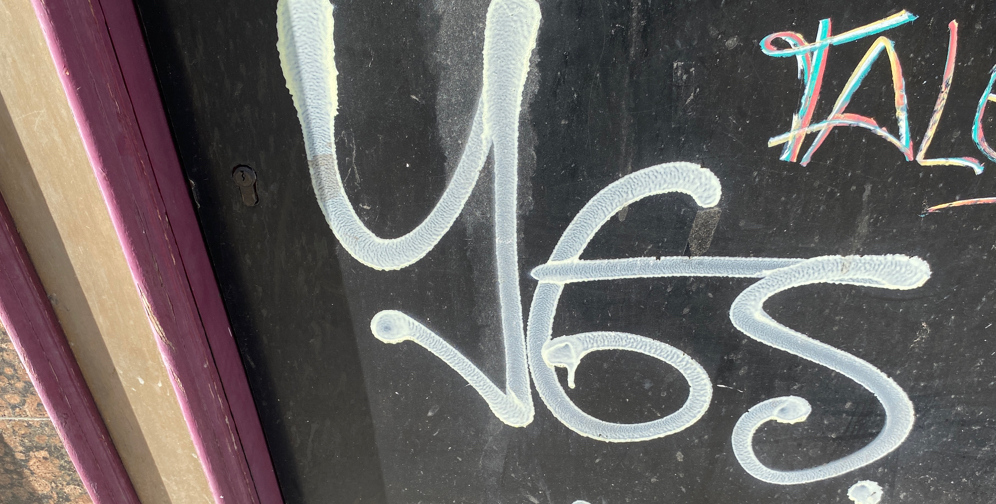
|
84541
|
Gams
|
Austria
Wien
|
|
|
—
|
VisibLL_VG2
|
|

|
84548
|
Gams
|
Austria
Wien
|
|
|
—
|
VisibLL_VG2
|
|
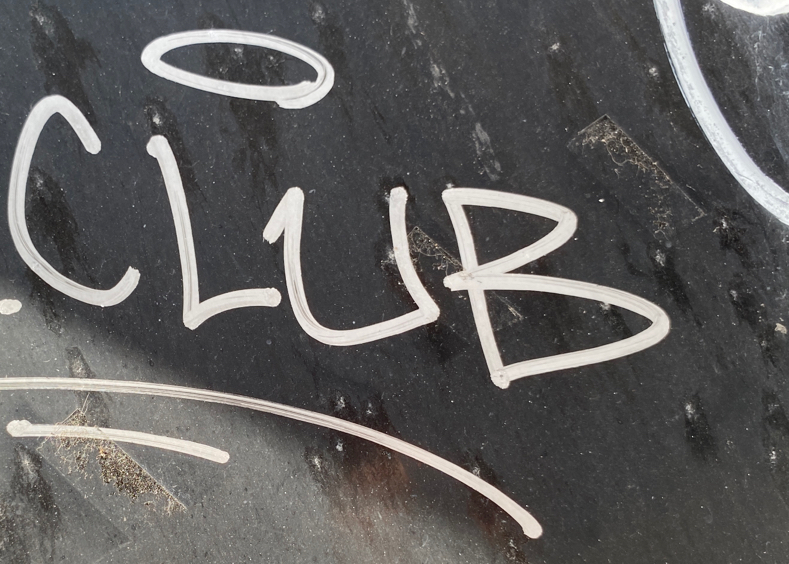
|
84556
|
Gams
|
Austria
Wien
|
|
|
—
|
VisibLL_VG2
|
|

|
84574
|
Gams
|
Austria
Wien
|
|
|
Eng: Top rated GER: Salonmeister
|
VisibLL_VG2
|
|
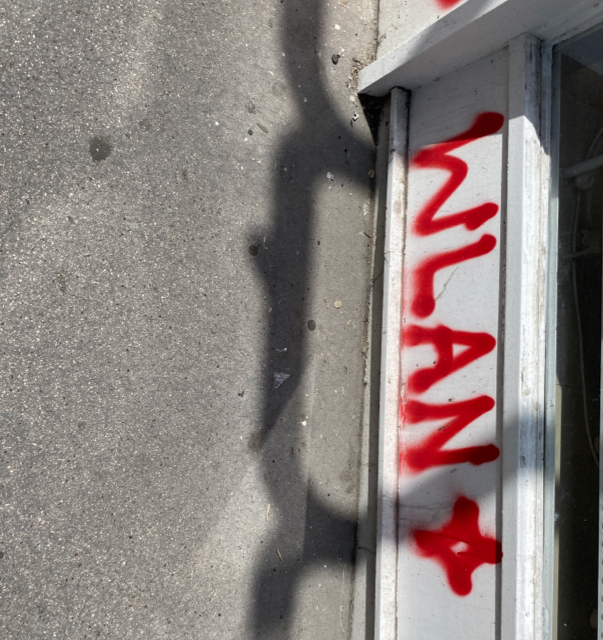
|
84579
|
Gams
|
Austria
Wien
|
|
|
—
|
VisibLL_VG2
|
|
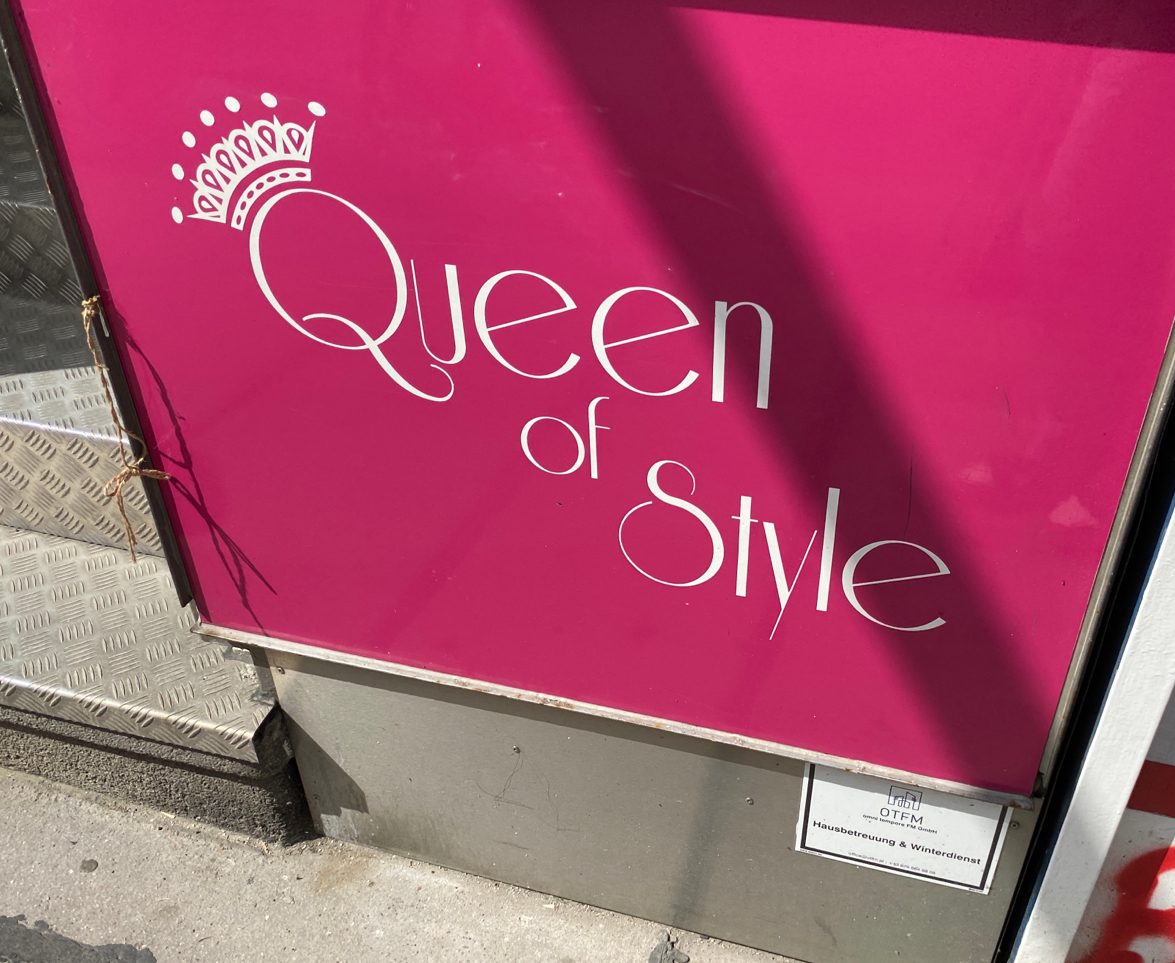
|
84587
|
Gams
|
Austria
Wien
|
|
|
—
|
VisibLL_VG2
|
|
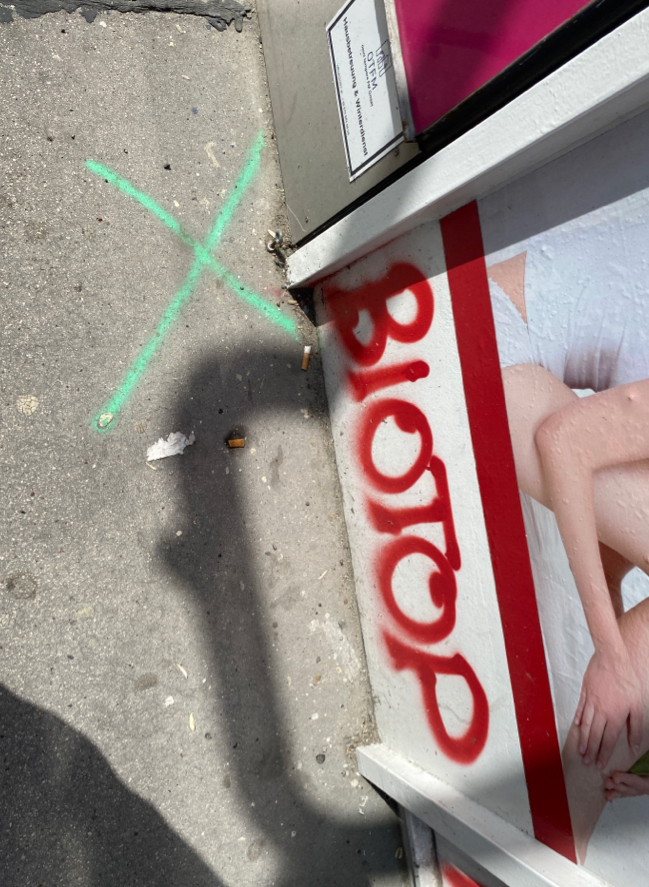
|
84594
|
Gams
|
Austria
Wien
|
|
|
—
|
VisibLL_VG2
|
|
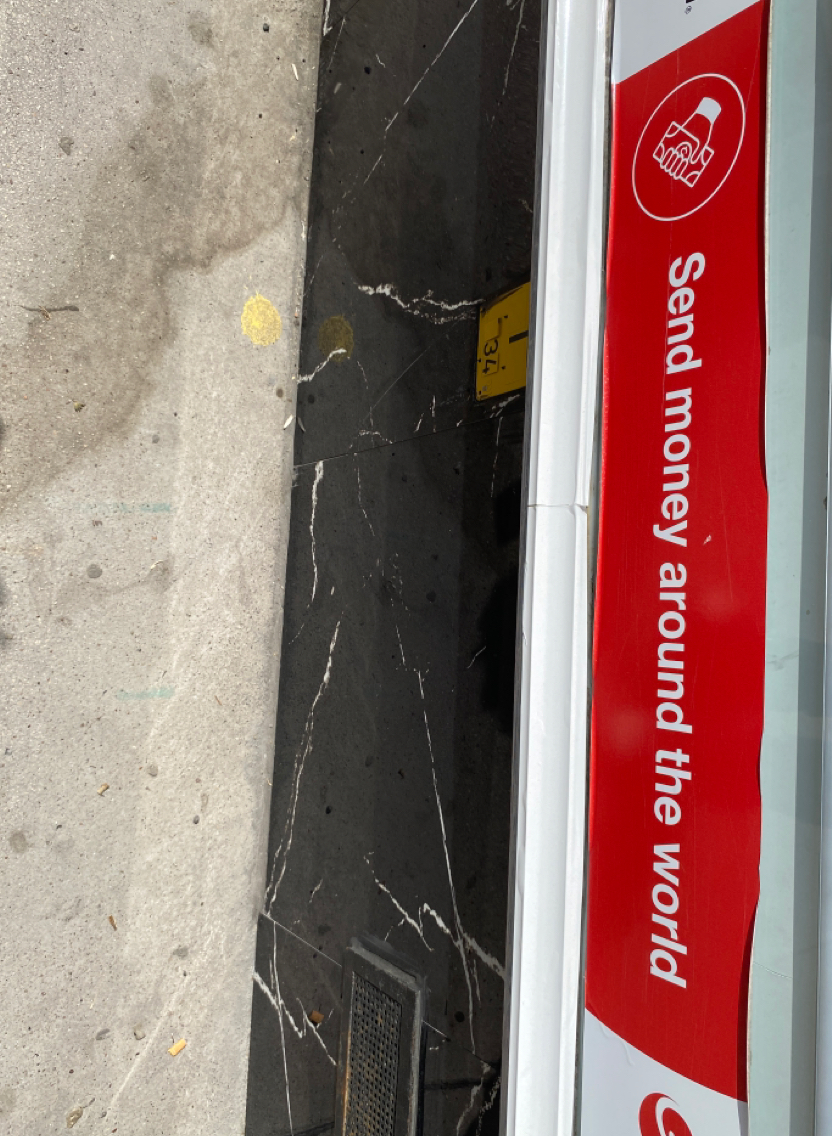
|
84599
|
Gams
|
Austria
Wien
|
|
|
—
|
VisibLL_VG2
|
|
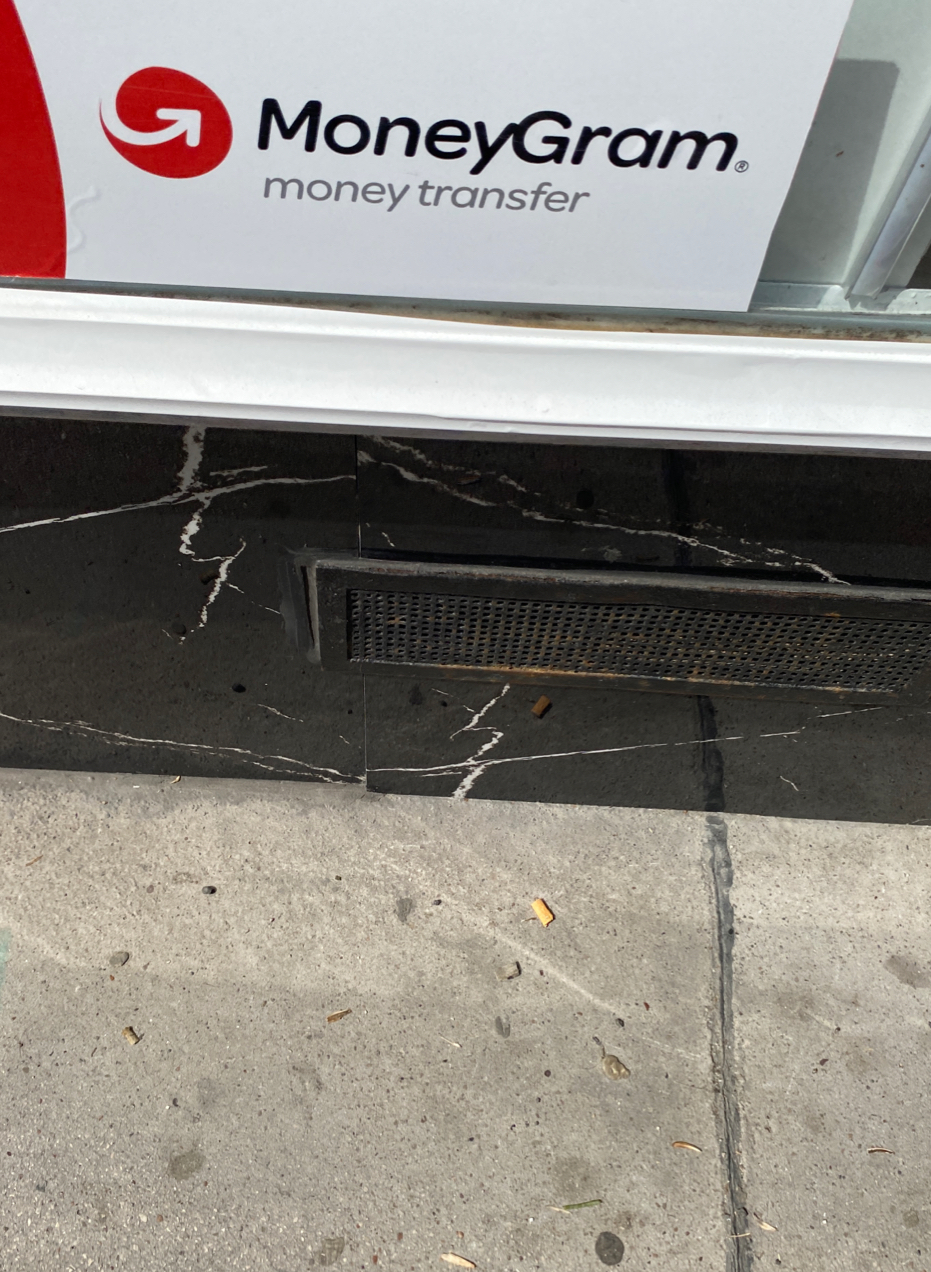
|
84612
|
Gams
|
Austria
Wien
|
|
|
—
|
VisibLL_VG2
|
|

|
84622
|
Gams
|
Austria
Wien
|
|
|
—
|
VisibLL_VG2
|
|

|
84638
|
Gams
|
Austria
Wien
|
|
|
Eng/ newcomer Ger: der- erhältlich
|
VisibLL_VG2
|
|
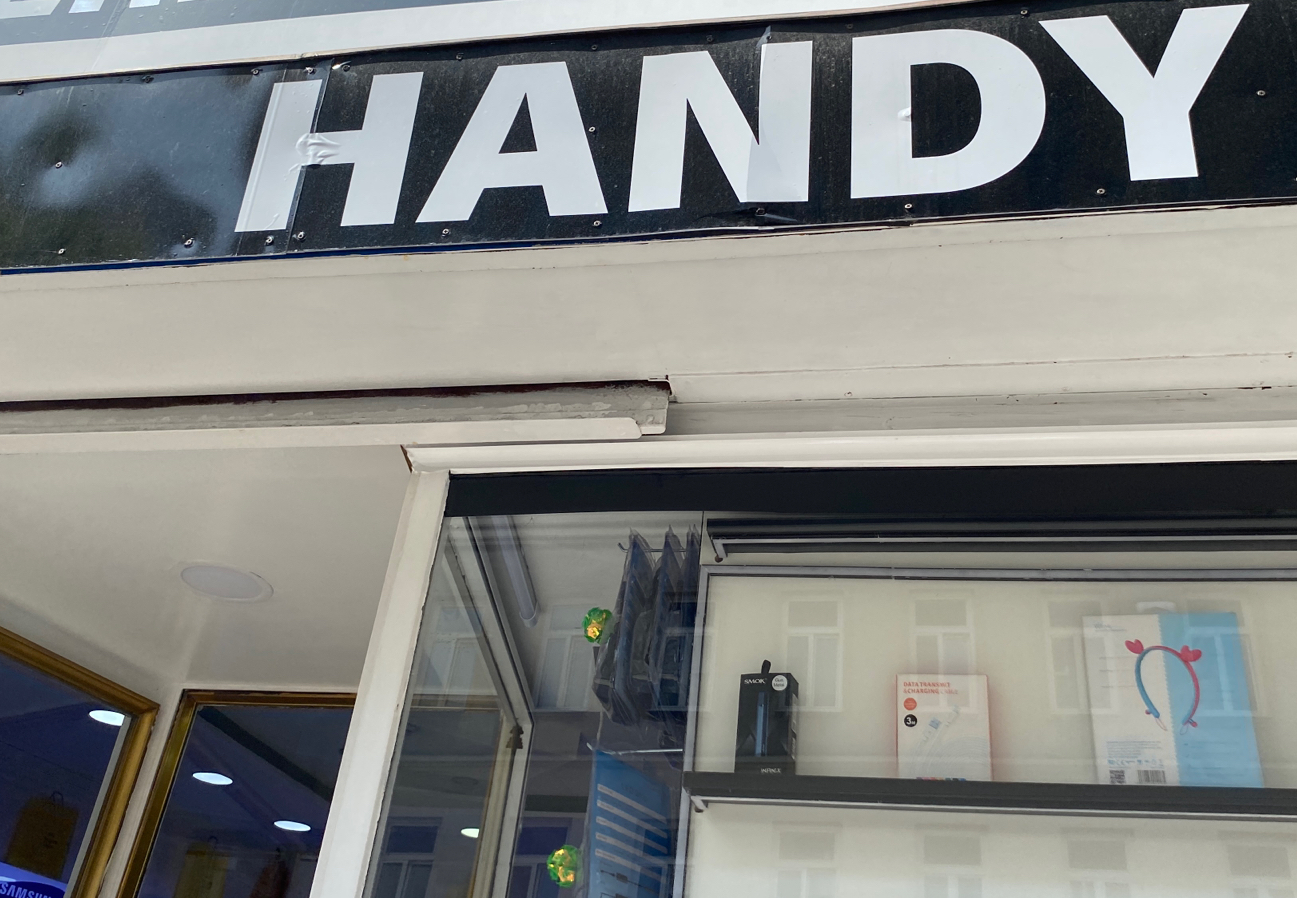
|
84648
|
Gams
|
Austria
Wien
|
|
|
—
|
VisibLL_VG2
|
|
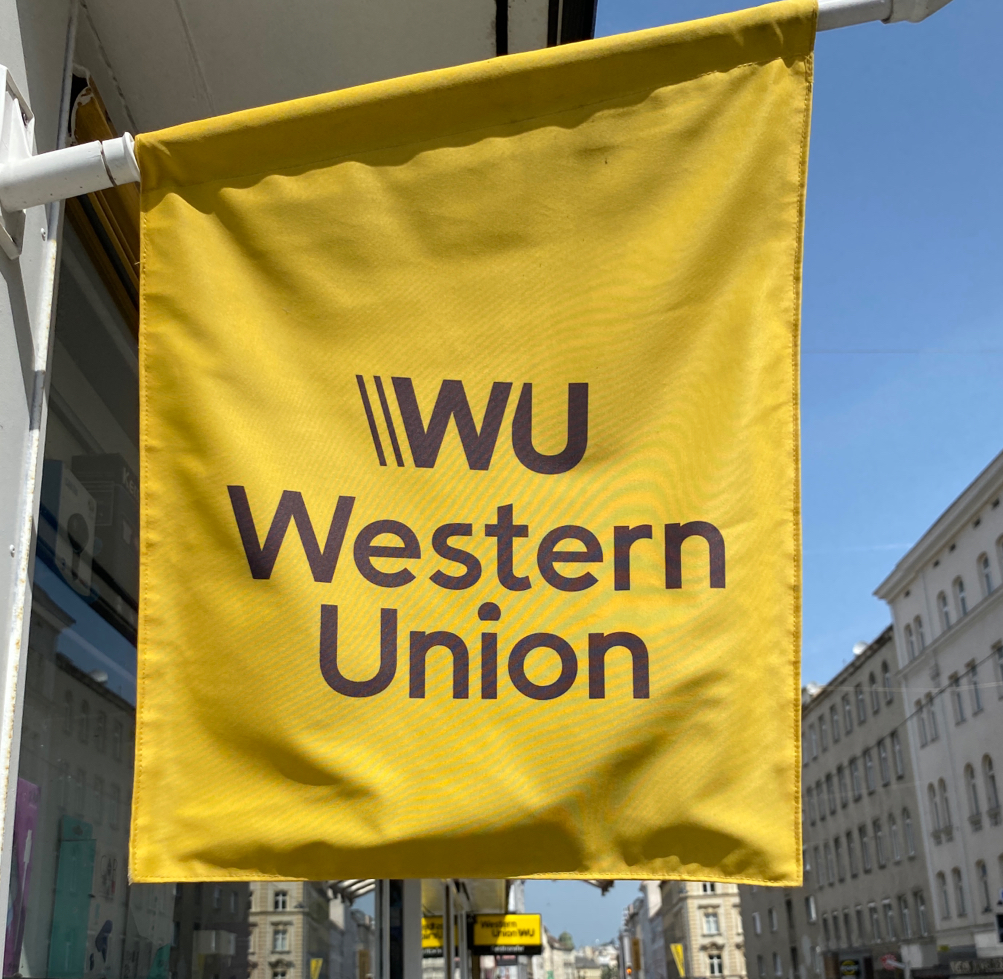
|
84652
|
Gams
|
Austria
Wien
|
|
|
—
|
VisibLL_VG2
|
|
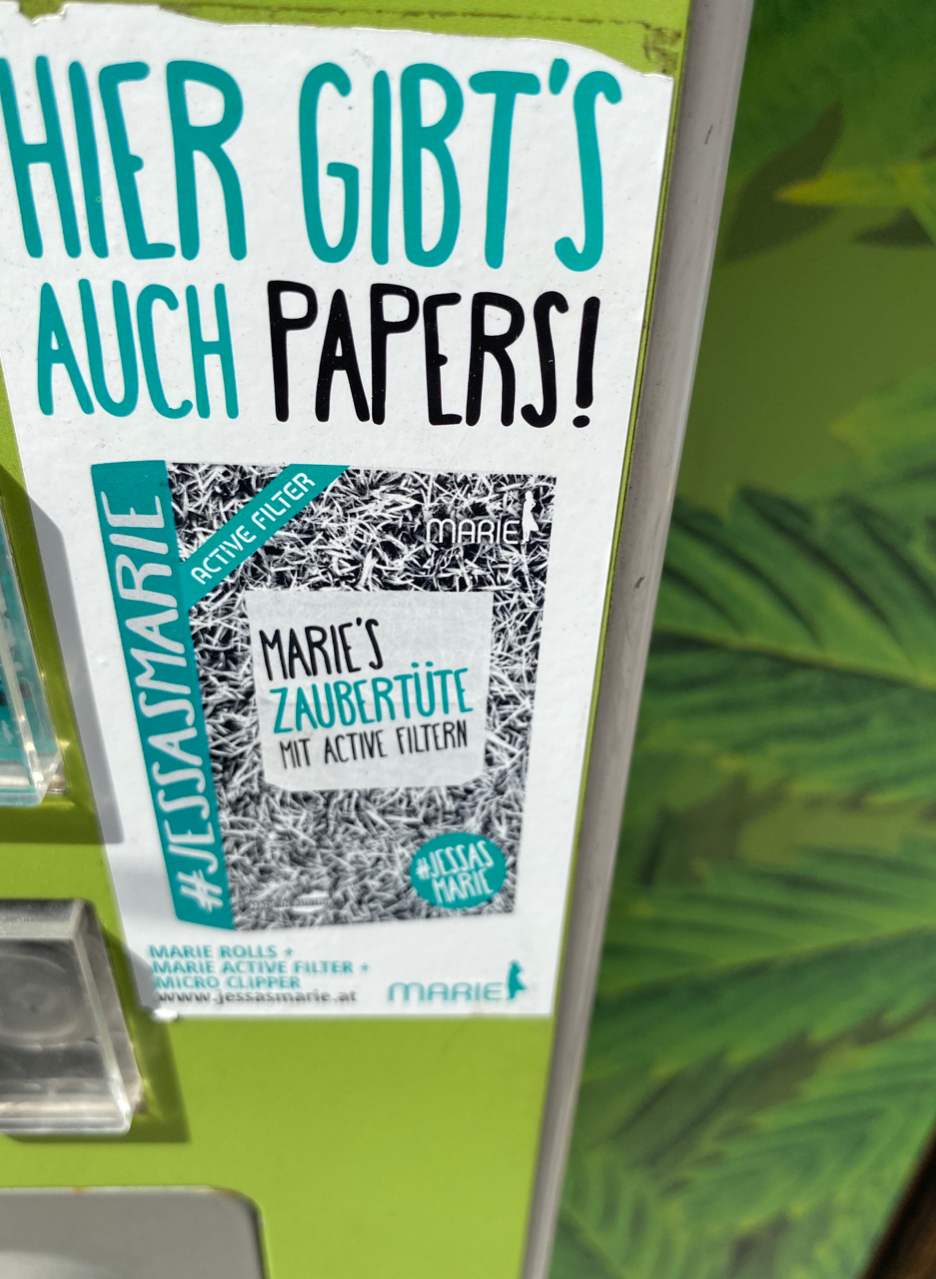
|
84687
|
Gams
|
Austria
Wien
|
|
|
Eng: papers
|
VisibLL_VG2
|
|